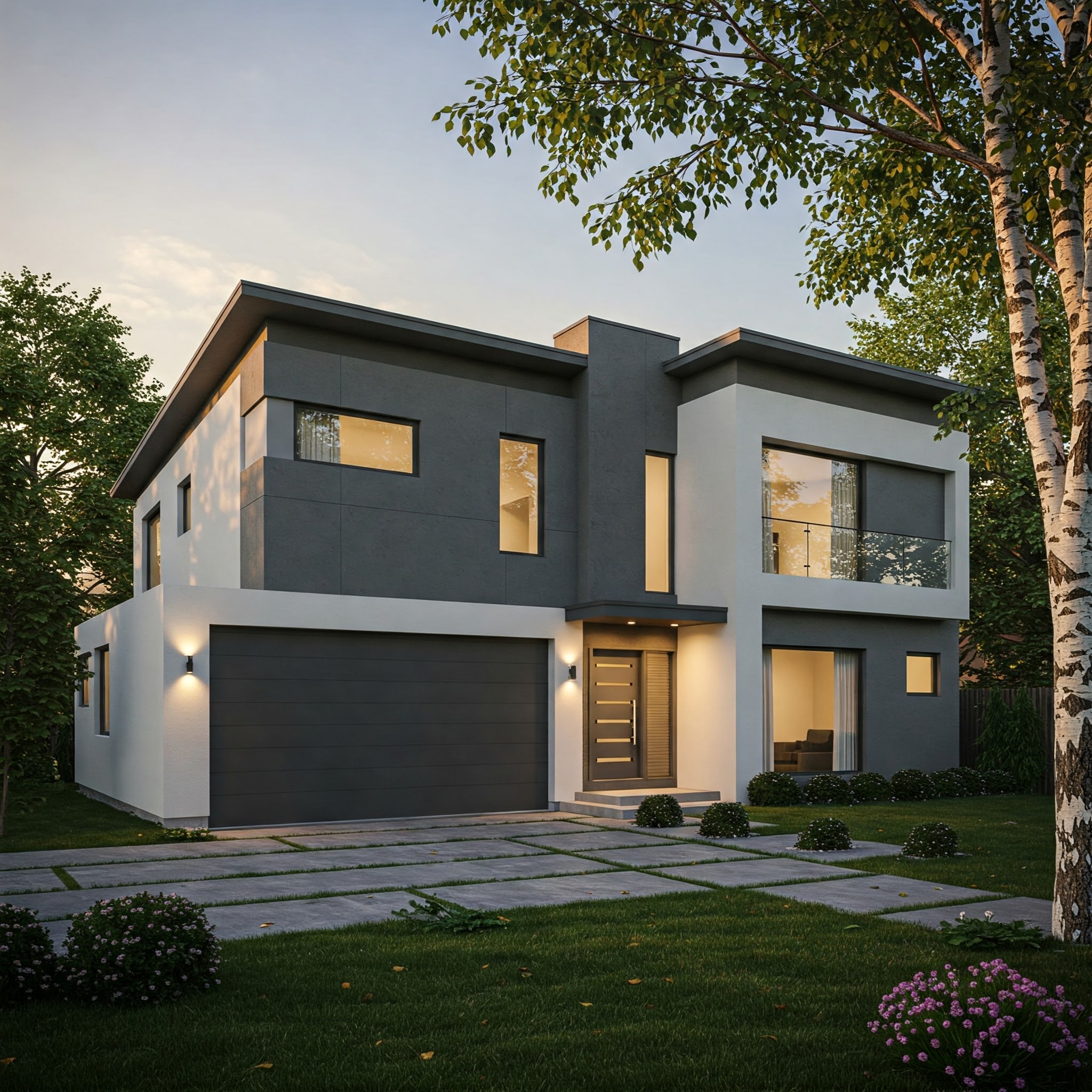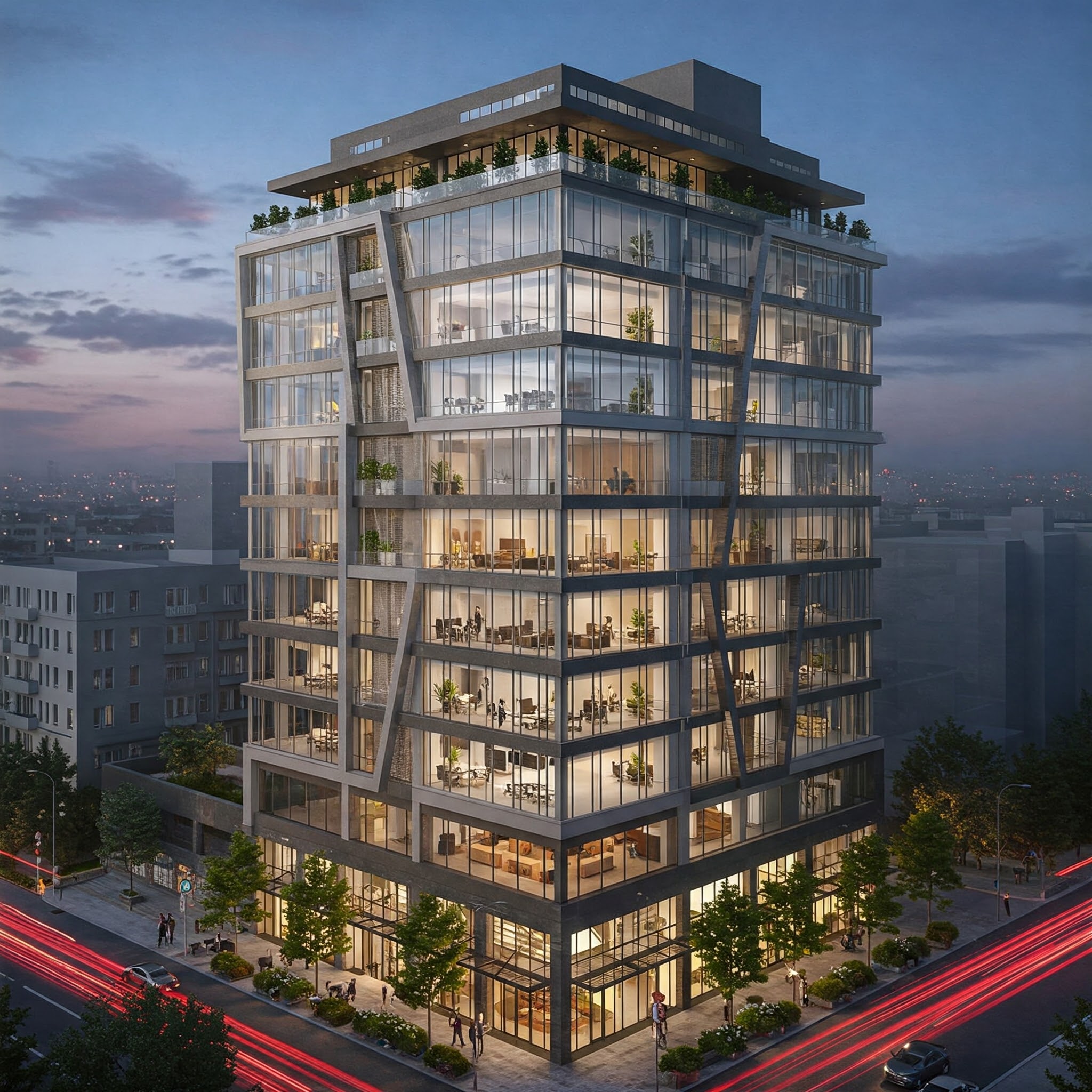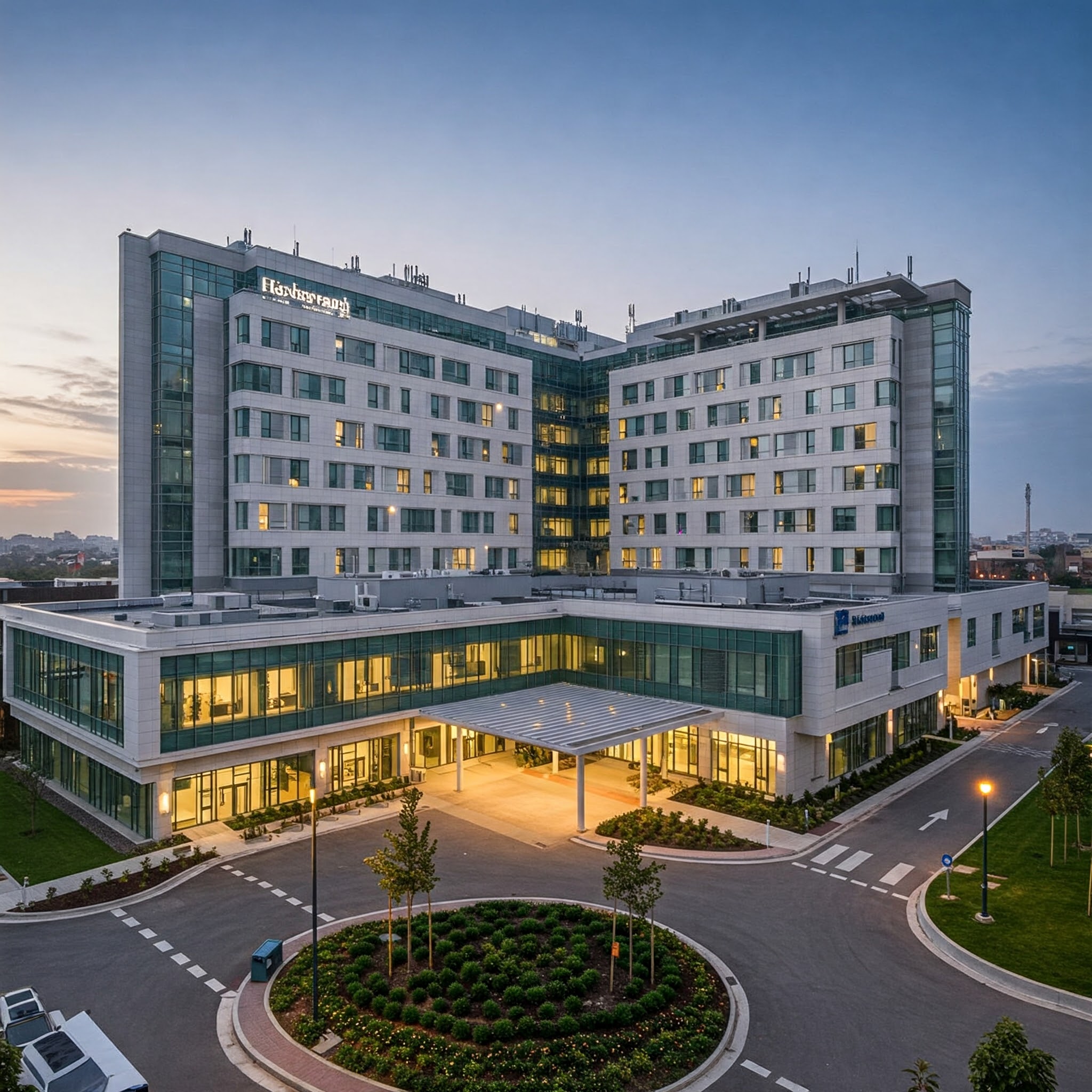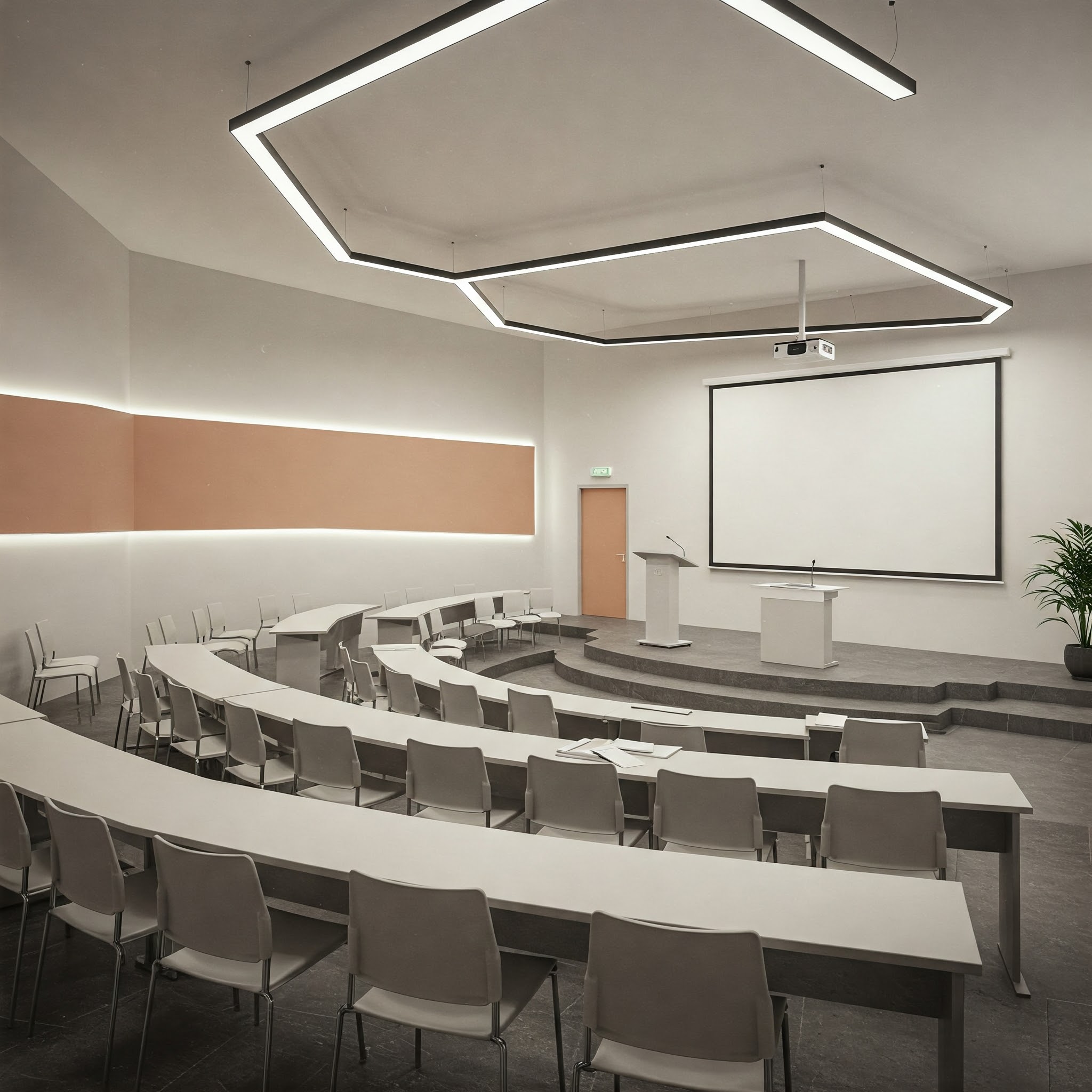Buildings are an essential part of our everyday lives, shaping the environment in which we live, work, and play. They come in various forms, each serving different purposes and designed according to specific needs. Let’s take an in-depth look at the different types of buildings found around the world.
1. Residential Buildings
These buildings are designed primarily for people to live in. They come in various sizes, styles, and structures, depending on the location and the needs of the residents.
- Single-family homes: A detached structure designed for one family. These buildings are typically found in suburban and rural areas.
- Multi-family homes: These can be duplexes, triplexes, or larger structures where multiple families live in separate units within the same building. Examples include townhouses and row houses.
- Apartments and Condominiums: These are large buildings with many individual units. In an apartment building, all units are rented, while in a condominium, the units are owned by individuals but share common spaces.
- Villa: A large, luxurious home, often located in scenic areas. Villas are common in both rural and urban settings and are associated with high-end living.
- Cottages: Small, usually single-story houses often found in rural areas, typically used as holiday homes.
2. Commercial Buildings
These buildings are primarily used for business purposes, including the provision of services, retail, or office work. They vary greatly in terms of design and function.
- Office Buildings: Structures designed to house businesses and corporate offices. These can range from small buildings to large skyscrapers. They are often divided into individual offices or open-plan spaces.
- Retail Stores: Commercial buildings designed to house shops and stores. They can vary from small standalone units to large shopping malls with multiple shops, food courts, and entertainment spaces.
- Hotels: Buildings designed to provide temporary lodging. Hotels vary in size and quality, from small boutique hotels to large luxury resorts.
- Restaurants and Cafes: These buildings are designed for food preparation and serving to customers. They range from small standalone eateries to large restaurant chains or luxury dining spaces.
- Warehouses: Large industrial buildings used for storage. They are often found in commercial districts or industrial areas.
3. Industrial Buildings
Industrial buildings are constructed to serve manufacturing, warehousing, or other industrial purposes. These buildings are generally characterized by their large size, specialized features, and heavy-duty construction.
- Factories: Large buildings designed for manufacturing products. These can be found in various industries, including automotive, textile, food processing, and electronics.
- Power Plants: Buildings that house equipment used to generate power. These can be fossil-fueled, nuclear, or renewable energy plants, depending on the source of the energy produced.
- Storage Facilities: Buildings used to store raw materials or finished goods before distribution. They are common in industries such as logistics, construction, and agriculture.
- Workshops: Smaller buildings where skilled laborers, such as carpenters or mechanics, carry out specialized work.
4. Institutional Buildings
Institutional buildings are designed to serve public, educational, healthcare, or governmental needs. They are essential to the functioning of society and are usually built to meet specific codes and regulations.
- Schools and Universities: Buildings designed for educational purposes, ranging from small schools to large university campuses with lecture halls, libraries, dormitories, and sports facilities.
- Hospitals and Healthcare Facilities: Buildings designed to provide medical care and treatment. Hospitals include specialized areas like operating rooms, patient wards, and diagnostic facilities.
- Government Buildings: These are structures used by the government for administrative, judicial, and legislative purposes. They include city halls, courthouses, and legislative assembly buildings.
- Libraries and Museums: Public buildings designed to store, preserve, and provide access to books, historical artifacts, or art collections.
- Religious Buildings: These include churches, mosques, temples, and synagogues. They are designed for worship and spiritual gatherings, often characterized by unique architectural features such as spires, domes, and stained glass windows.
5. Cultural and Recreational Buildings
Cultural and recreational buildings are designed to provide spaces for entertainment, leisure, and the arts. They play a significant role in promoting social and cultural activities.
- Theaters and Auditoriums: Buildings specifically designed for performing arts, including theaters for plays, concert halls, and arenas for sports and live performances.
- Stadiums and Sports Complexes: Large buildings designed to accommodate spectators for sporting events, concerts, and other mass gatherings.
- Cinemas: Movie theaters designed for watching films. They have large screens and seating arrangements for audiences.
- Museums and Art Galleries: Buildings designed to house collections of art, artifacts, and historical objects for public display and educational purposes.
- Convention Centers: Large venues designed to host conferences, exhibitions, and other large-scale events.
6. Mixed-Use Buildings
As the name suggests, mixed-use buildings serve multiple purposes within the same structure. These buildings often combine residential, commercial, and sometimes industrial spaces into one.
- Live-work buildings: These are structures that allow residents to live in one part of the building while operating a business in another part. This type of building is popular in urban areas, especially among artists and small business owners.
- Complex Developments: Some modern urban developments include residential units, offices, and retail spaces in the same building or block, creating a dynamic, all-in-one community where people can live, work, and shop without having to travel far.
7. Specialty Buildings
These are buildings that serve unique and specialized purposes.
- Skyscrapers: Tall, multi-story buildings often used for offices, apartments, or mixed-use purposes. They are commonly found in large metropolitan cities and symbolize modernity and economic power.
- Airports: Large facilities designed for the operation of air travel, including terminals, lounges, runways, and hangars for aircraft.
- Bridges and Tunnels: Though not traditional buildings, these engineering structures are essential parts of transportation infrastructure, allowing for the movement of vehicles and people across rivers, seas, or underground.
8. Sustainable Buildings
With the growing awareness of environmental issues, many buildings are being designed with sustainability in mind. These structures incorporate energy-efficient features, environmentally friendly materials, and green technologies.
- Green Buildings: These are buildings designed to reduce their impact on the environment through energy efficiency, water conservation, and the use of sustainable building materials. They often have features like solar panels, rainwater harvesting systems, and green roofs.
- Passive Houses: These buildings are built to be extremely energy-efficient, minimizing the need for heating or cooling. They are often airtight and use insulation and ventilation systems to keep energy use to a minimum.
Conclusion
Buildings serve various functions, from providing homes to fostering economic activities and social interactions. Understanding the different types of buildings helps us appreciate the diversity of structures that define our cities and communities. Whether residential, commercial, industrial, or cultural, each type of building plays a crucial role in enhancing the quality of life and supporting the daily activities of individuals and societies.

